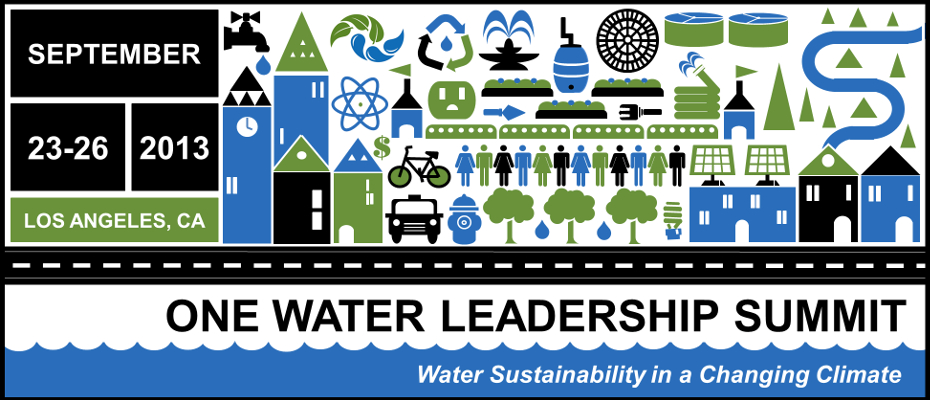Even though our name is TreePeople, our organization is as focused on the city’s watershed as we are on its individual trees. After all, the forest has always been nature’s water supply and pollution clean-up system. I’ll be shedding light on how that works in Los Angeles—and the many benefits to our environment, community and economy—when I speak at the One Water Leadership Summit in Los Angeles, September 23-26. I’m looking forward to this chance to engage in the national dialogue on water and the urban environment and share some of the lessons from TreePeople’s work in building the new local water supply for our city.
The One Water Leadership Summit is organized annually by the U.S. Water Alliance’s Urban Water Sustainability Council. The Council seeks to connect the dots among water, land use, parks, forests, transportation, energy and other sectors around a goal of revitalizing cities with multi-benefit projects.
That Monday afternoon, I will serve on a panel titled “Updates to Federal Stormwater Policy: Implications and Benefits” moderated by Katherine Baer, Senior Director of Clean Water and Water Supply at American Rivers. And to kick-off Thursday morning, Climate Resolve Executive Director Jonathan Parfrey and I are teaming-up to tell “The LA Water Story—Yesterday, Today & Tomorrow.”
From spotlight community panels to multi-disciplinary presentations and strategic sidebars to roundtable discussions, there’s going to be something for everyone.
Fellow leaders, activists and concerned citizens, I encourage you to register today.

